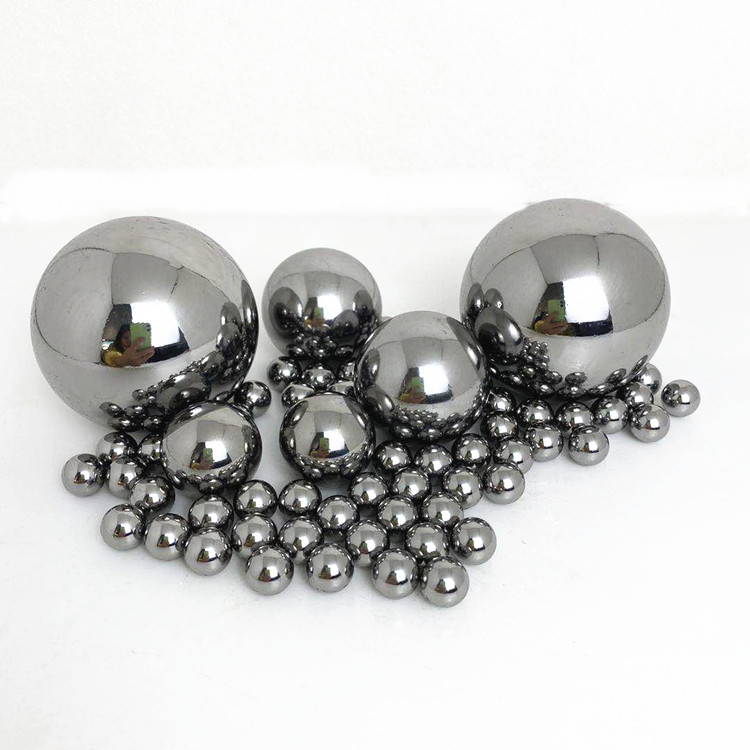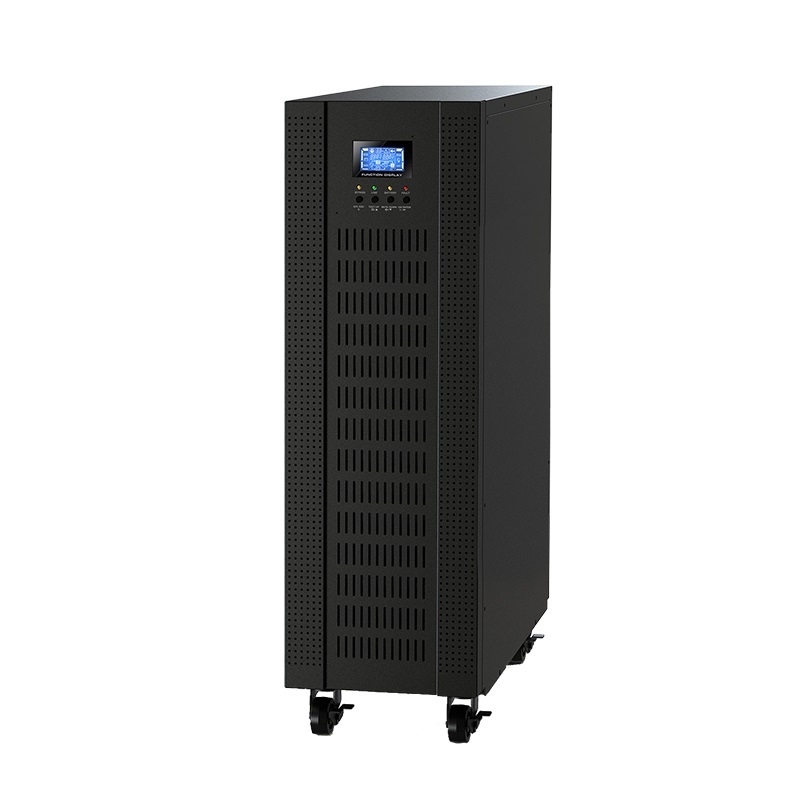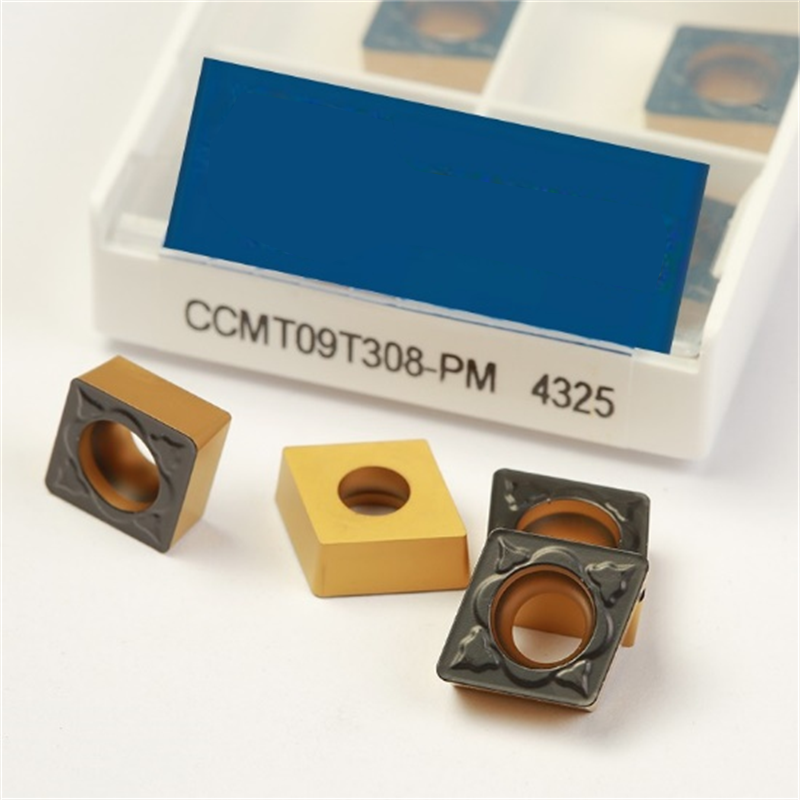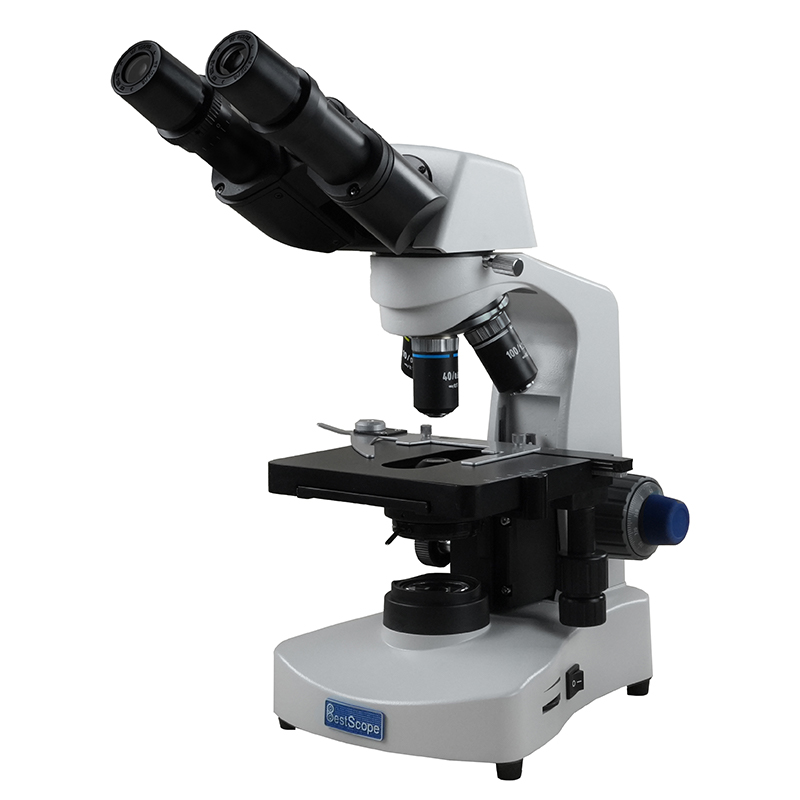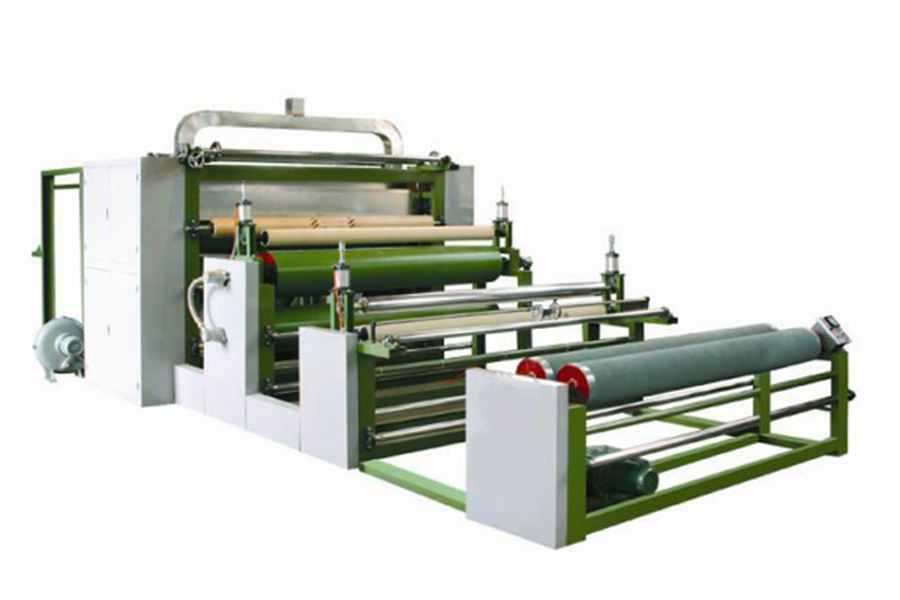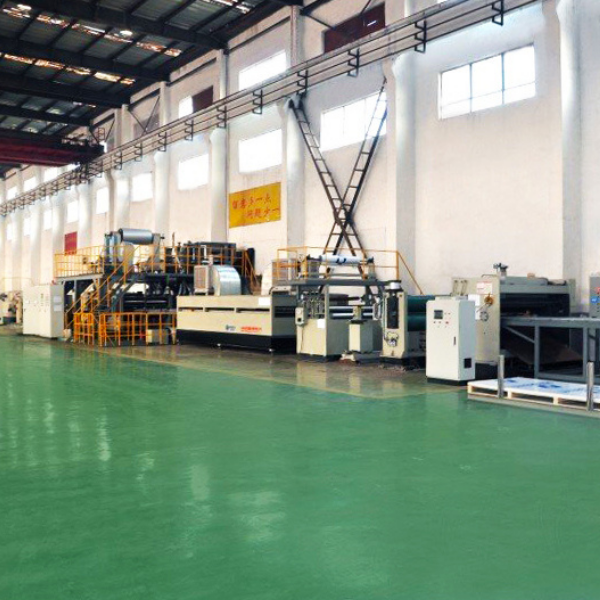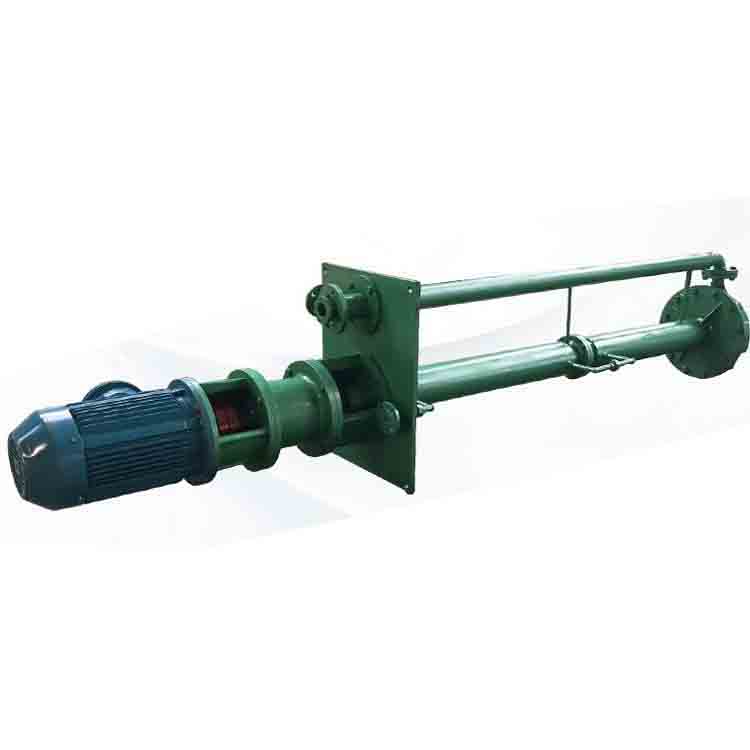440/440C stainless steel balls
|
Parameter |
Product details |
|
Product Name: |
440 stainless steel ball / 440Cstainless steel bead |
|
Material: |
440 / 440C |
|
SIZE: |
0.3mm-80mm |
|
Hardness: |
HRC58-62 |
|
Production Standard: |
ISO3290 2001 GB/T308.1-2013 DIN5401-2002 |
|
Chemical composition of 440C stainless steel balls |
|
|
C |
0.95-1.20% |
|
Cr |
16.0-18.0% |
|
Si |
1.00%Max |
|
Mn |
1.0% Max. |
|
P |
0.040%Max |
|
S |
0.030%Max |
|
Mo |
0.40-0.80% |
|
Ni |
0.60%Max |
440—High-strength cutting tool steel with slightly higher carbon content. After proper heat treatment, higher yield strength can be obtained. The hardness can reach 58HRC, which is among the hardest stainless steels. The most common application example is “razor blades”. There are three commonly used models: 440A, 440B, 440C, and 440F (easy processing type).
Principle of stainless steel ball:
Stainless steel balls are not rust-proof, but not easy to rust. The principle is that by the addition of chromium, a dense chromium oxide layer is formed on the surface of the steel, which can effectively block the re-contact between the steel and the air, so that the oxygen in the air cannot enter the steel ball, thereby preventing The effect of steel balls rusting.
China National Standards (CNS), Japanese Industrial Standards (jis) and American Iron and Steel Institute (AISI) use three digits to indicate different stainless steels, which are widely quoted in the industry, of which the 200 series is chromium-nickel-manganese-based austenitic Stainless steel, 300 series is chromium-nickel austenitic stainless steel, 400 series chromium stainless steel (commonly known as stainless iron), including martensite and ferrite.
